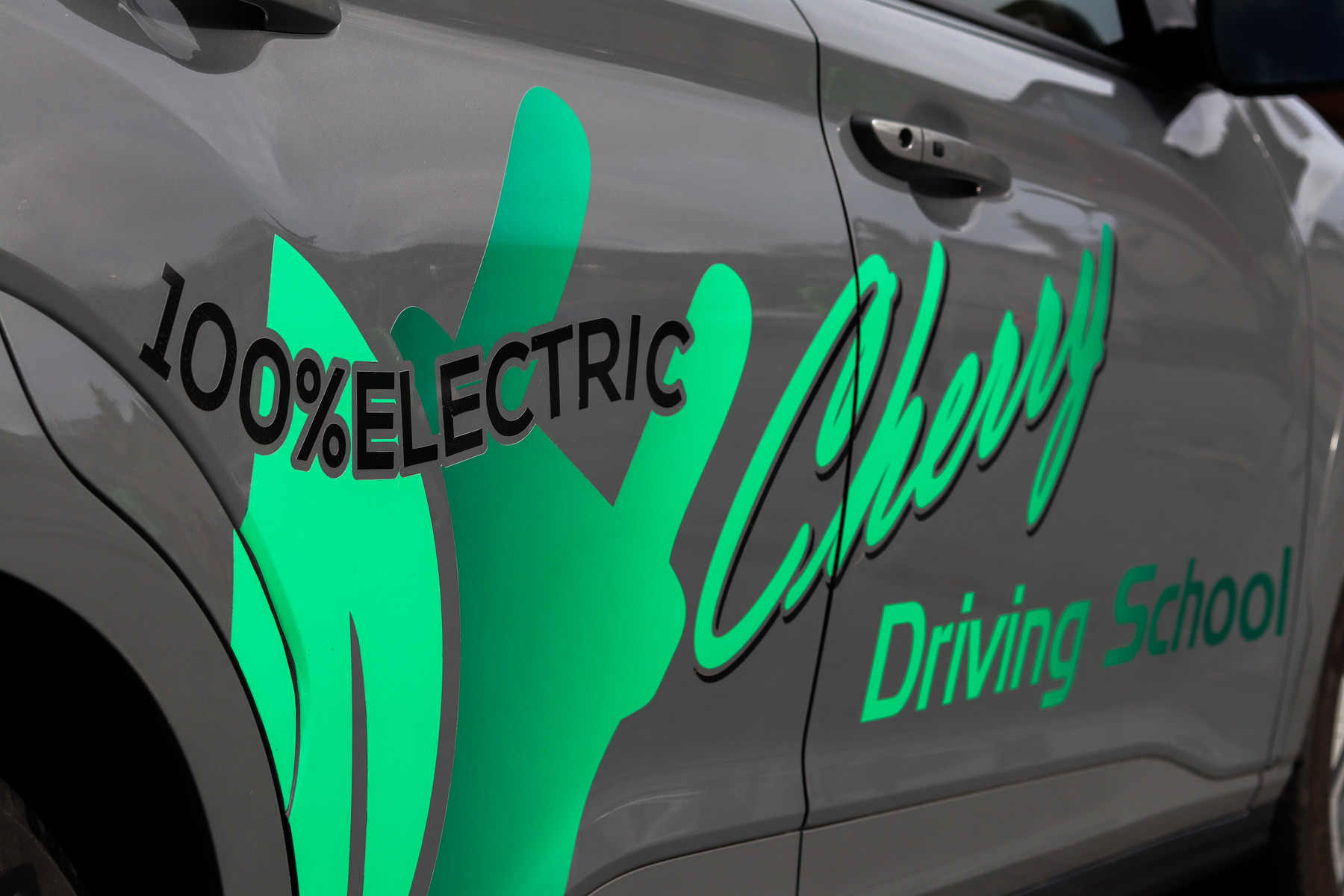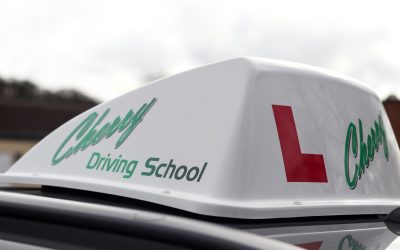Introduction
Getting your UK driving license is an exciting journey, and the Driving Theory Test is a key part of it. In this easy-to-follow guide, we’ll cover what the theory test is all about, who’s in charge, and the pros and cons of taking the test before or after hitting the road. We’ll also spill the beans on costs and how to book your slot.
What is the Theory Test?
The UK Driving Theory Test has been around since July 1, 1997, and it’s a bit like the written part of your driving journey. It’s made up of two parts to make sure you know the rules of the road and how to stay safe.
The Multiple-Choice Part
In the first part, you’ll face some questions about driving. They cover things like road signs, laws, and keeping your vehicle safe. Passing this bit shows you’ve got a good grip on the theory side of driving.
The Hazard Perception Test
The second part is the Hazard Perception Test. This checks if you can spot potential dangers while cruising through video clips simulating real driving conditions. It’s a way to see if you’re alert and can react to tricky situations.
Who Sets the Test?
The folks in charge of this test are the Driver and Vehicle Standards Agency (DVSA). They’re the ones making sure the test covers the latest road rules and keeps up with safety concerns.
Pros and Cons of Taking the Test Before Learning to Drive
Deciding when to take the Driving Theory Test can be a bit of a puzzle. Let’s look at the good and not-so-good sides of taking it before or after getting behind the wheel.
Taking the Test Before Learning to Drive:
Pros:
- Know the Basics: Starting with the theory test means you get the basics down first, like road rules and safety stuff.
- Feel More Confident: Passing the theory test early on can give you a confidence boost, setting a positive tone for your driving lessons.
- Easier Focus: Studying just the theory helps you concentrate without worrying about practical driving skills.
Cons:
- Missing Context: Without real driving experience, some things might seem a bit abstract, making it hard to connect theory with real-life driving.
- Not So Relevant Yet: The theory might not feel as important or stick as well without the context of actual driving.
Taking the Test After Learning to Drive:
Pros:
- Practical Knowledge: Having some driving experience helps you understand theory concepts better because you’ve seen them in action.
- Remember Better: Real-life driving makes theory stuff stick in your brain better, so you’re more likely to remember and use it.
- Learn Both Together: Doing theory and practical learning at the same time lets you connect the dots between what you know and what you do on the road.
Cons:
- Takes a Bit Longer: Waiting to do the theory test might slow down the whole process of getting your full license.
- Maybe Miss Bits: Focusing a lot on driving might mean you miss a few theory bits along the way.
Costs and Booking Information
Knowing the money part is crucial. As of 2024, the fee for the theory test is £23. Remember, this covers both the multiple-choice part and the Hazard Perception Test.
To book your theory test, click here to pop over to the DVSA website or give them a call on 0300 200 1122. It’s smart to book ahead because test slots fill up and you could wait several weeks for a test.
Conclusion
The UK Driving Theory Test is like the backstage pass to getting your driving license. Whether you tackle it before or after hitting the road, this test shapes you into a smart and safe driver. Understanding why you need it, who’s running the show, and the nitty-gritty details about when and how to take it puts you in the driver’s seat of your driving journey. Get ready to cruise through this essential part of getting your wheels on the road!
Help available
If you are looking for an app to help you study, the Driving Test Success 4in1 app is a great resource.
There is help out there for anyone struggling with self study, details below.




